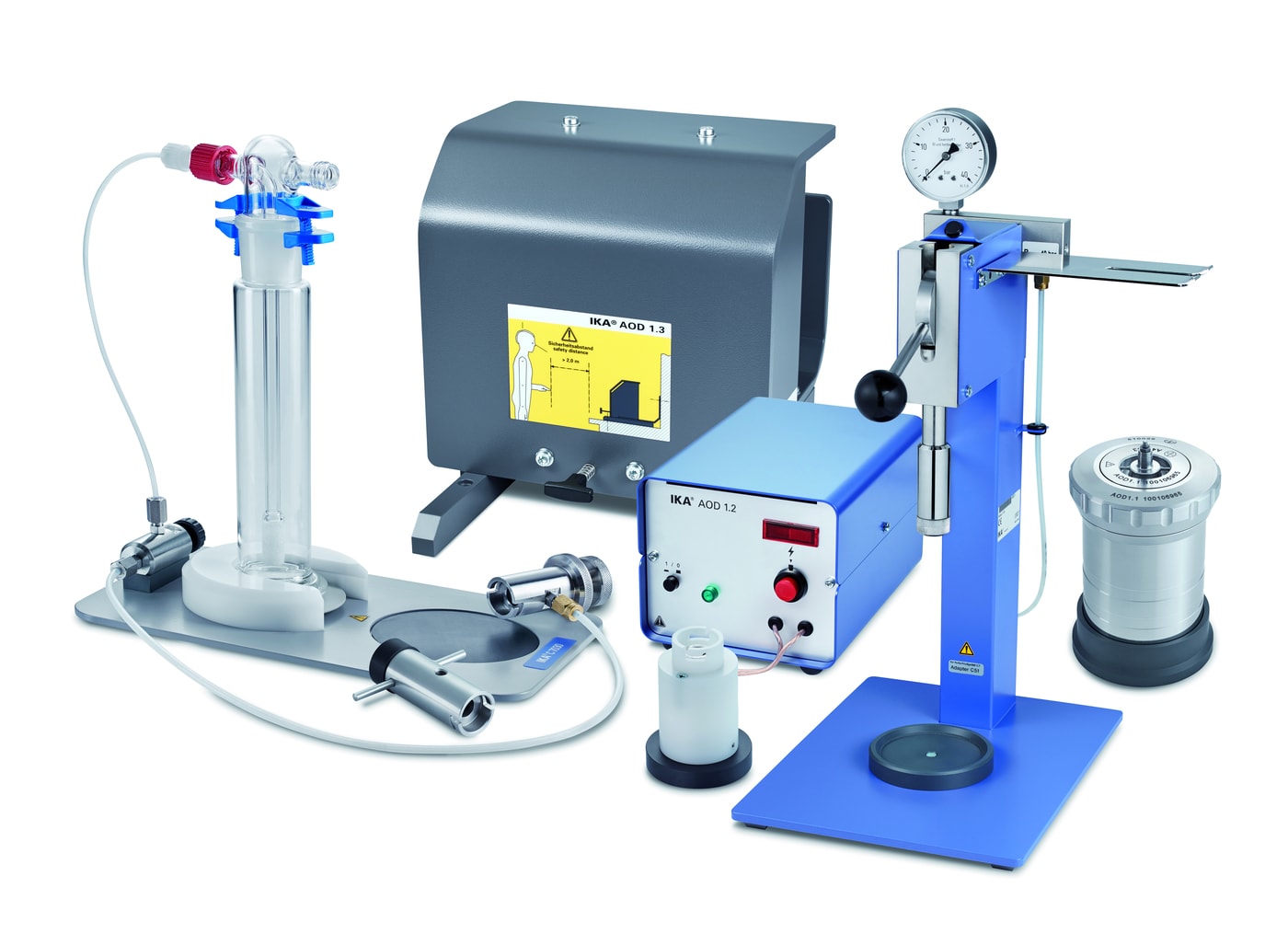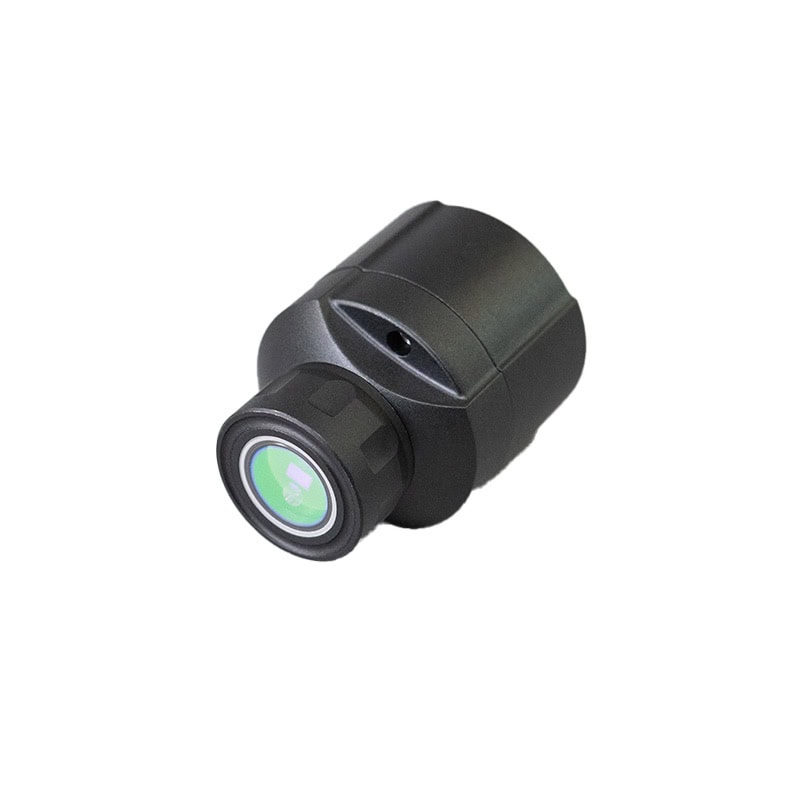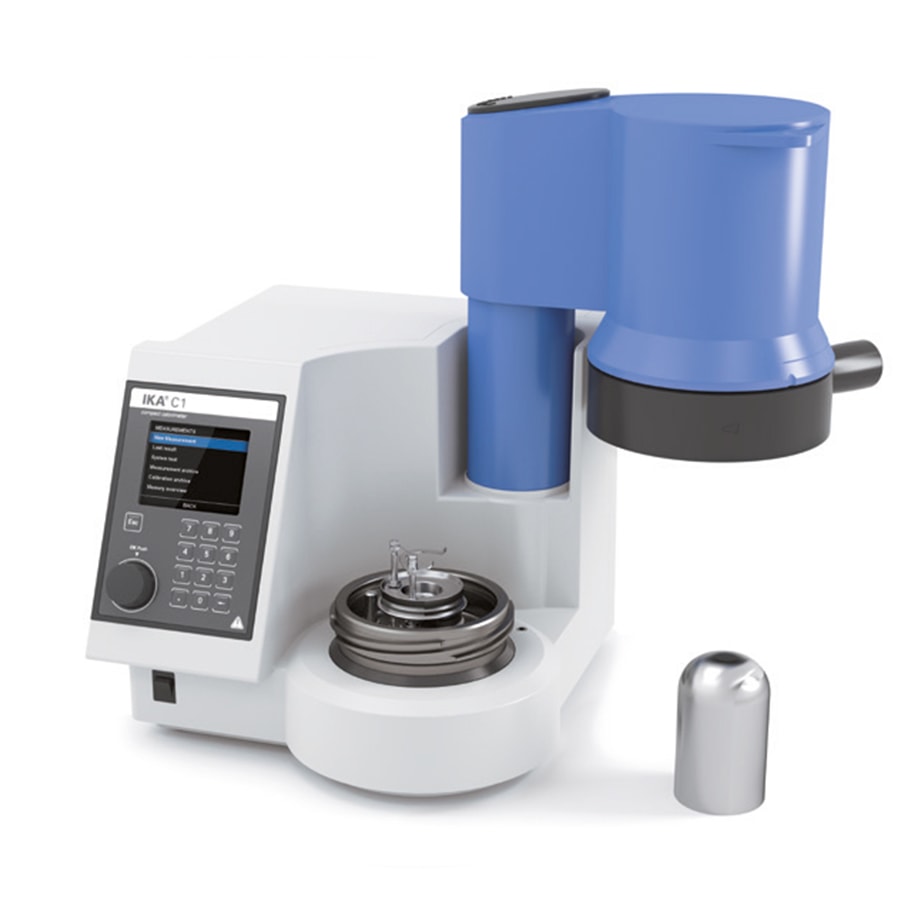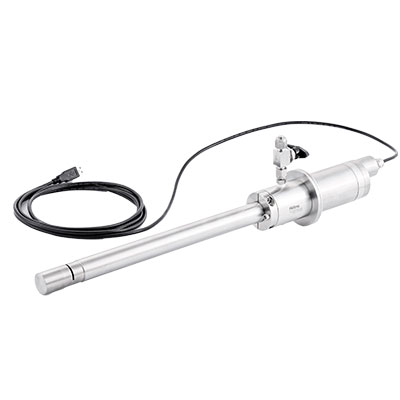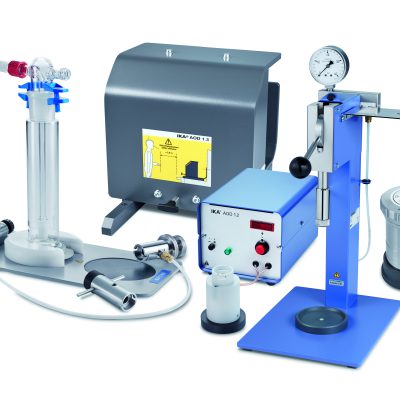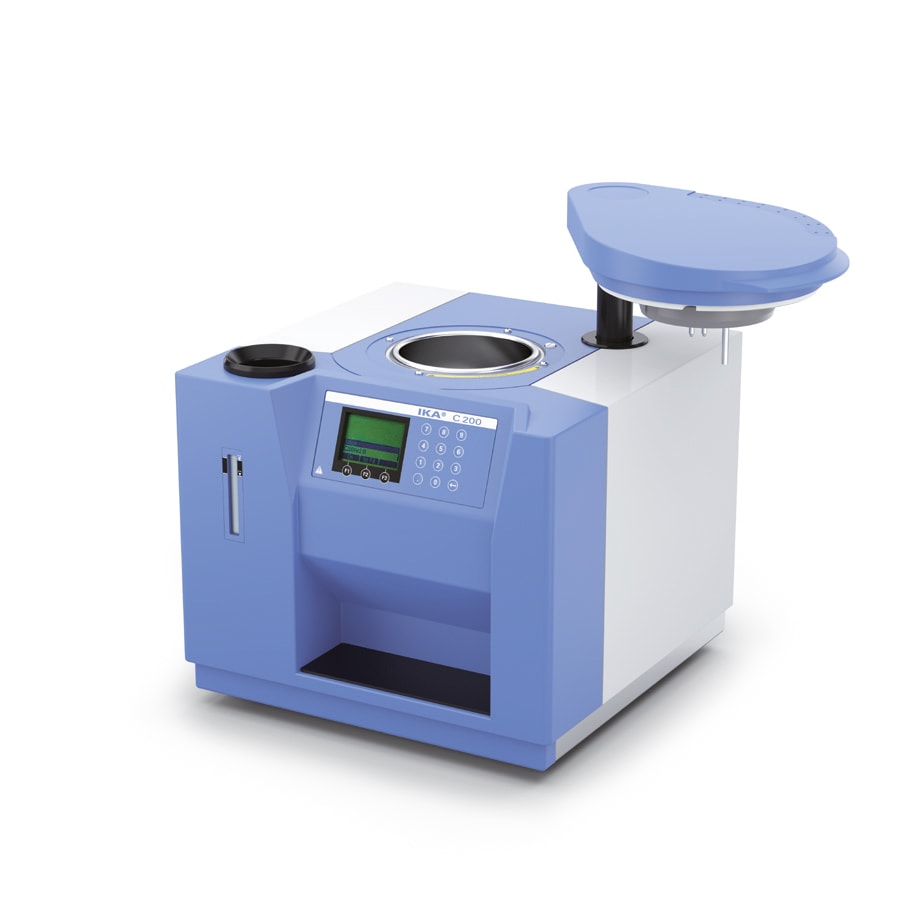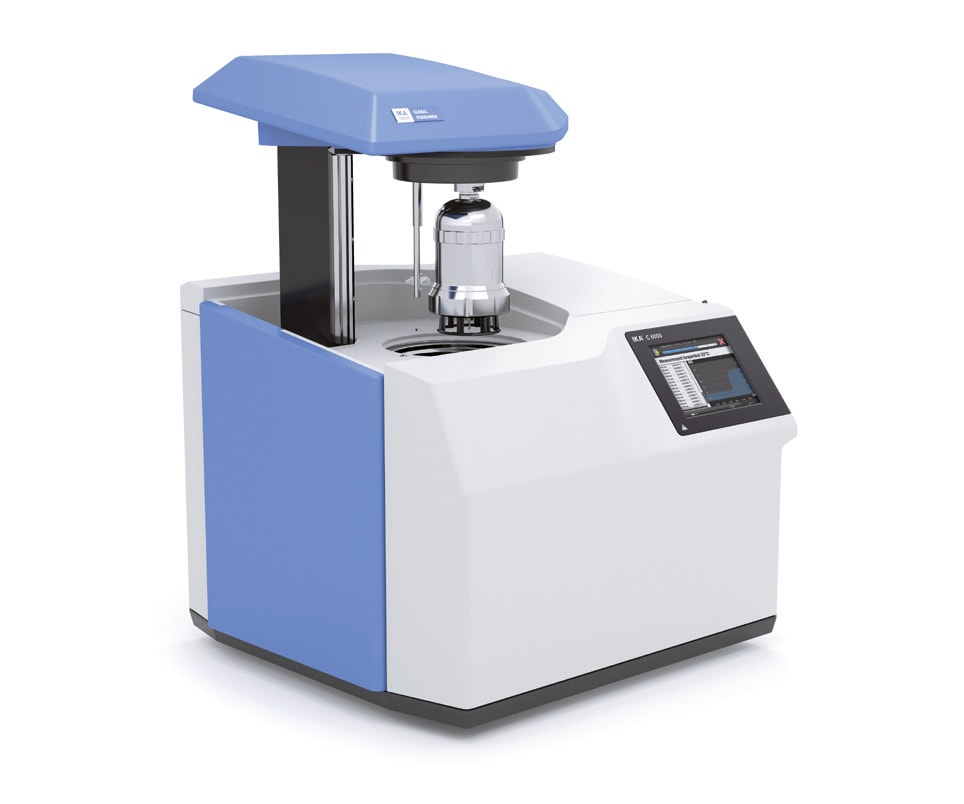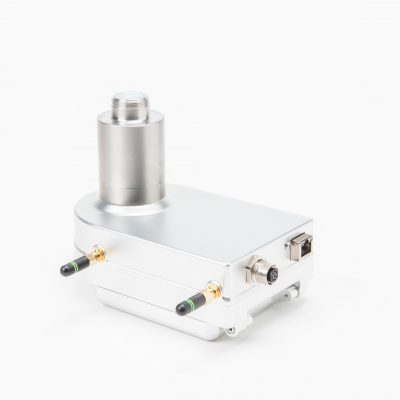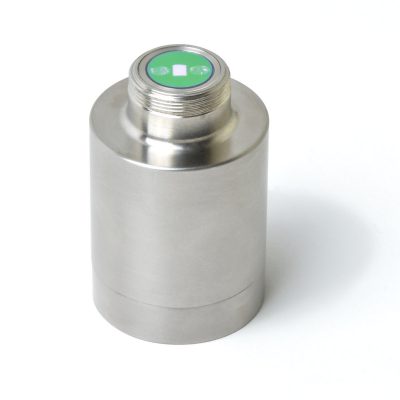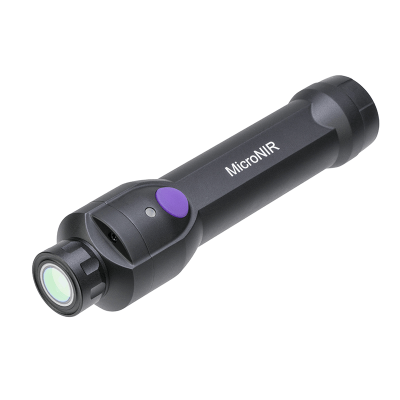AOD1
Decomposition system
Decomposition under oxygen (O2) and pressure is known as active oxidative decomposition, or AOD. As with the calorimeter decomposition vessel, the liquid or solid sample is fully combusted in the AOD system. Unlike conventional decomposition vessels, the innovative AOD 1 has both chlorine resistance and a catalytically-active interior surface. The catalysts encourage chemical reactions during the combustion process and ultimately lead to increased recovery rates with halogens and sulfur. A large number of global standards for a vast range of sample materials describes this bomb decomposition technology (DIN 51727, DIN 51723, DIN EN 14582, DIN EN ISO 16994, DIN EN 15408, ASTM D 4208).
Advantages
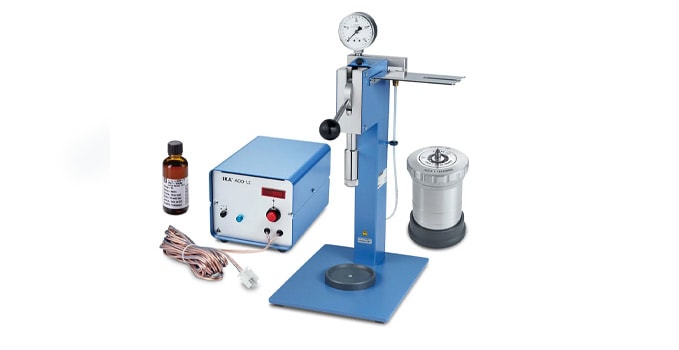
Decomposition system
- Quantitative decomposition of all halogens, sulfur, as well as volatile metals, e.g. As and Hg
- Absorption of the combustion products in an aqueous medium
- Catalytic support of the oxidation process with auto-regenerating catalytic inner surface of the decomposition vessel
- Pressure vessel of high-grade stainless steel
- Decomposition temperature up to 1200 °C
- Max. operating pressure during decomposition 195 bar
- Decomposition time < 3 min
- The decomposition vessel can be changed over to use combustible crucibles C 14
- Control standards for Cl, S ( AOD 1.11)
- Introduction of the combustion gases into the absorption solution via venting station C 7030
Specifications
AOD1
| Decomposition time | 3 min |
| Chamber volume | 210 ml |
| Pressure max. | 195 bar |
| Core temperature max. | 1,200 °C |
| Oxygen operating pressure max. | 40 bar |
| Dimensions (W x H x D) | 400 × 480 × 260 mm |
| Weight | 10 kg |
| Permissible ambient temperature | 5°C to 40 °C |
| Permissible relative humidity | 80 % |
| Voltage | 230 V |
| Frequency | 50 / 60 Hz |
| Power input | 45 W |
| Protection class according to DIN EN 60529 | IP20 |
Ask for a quote

